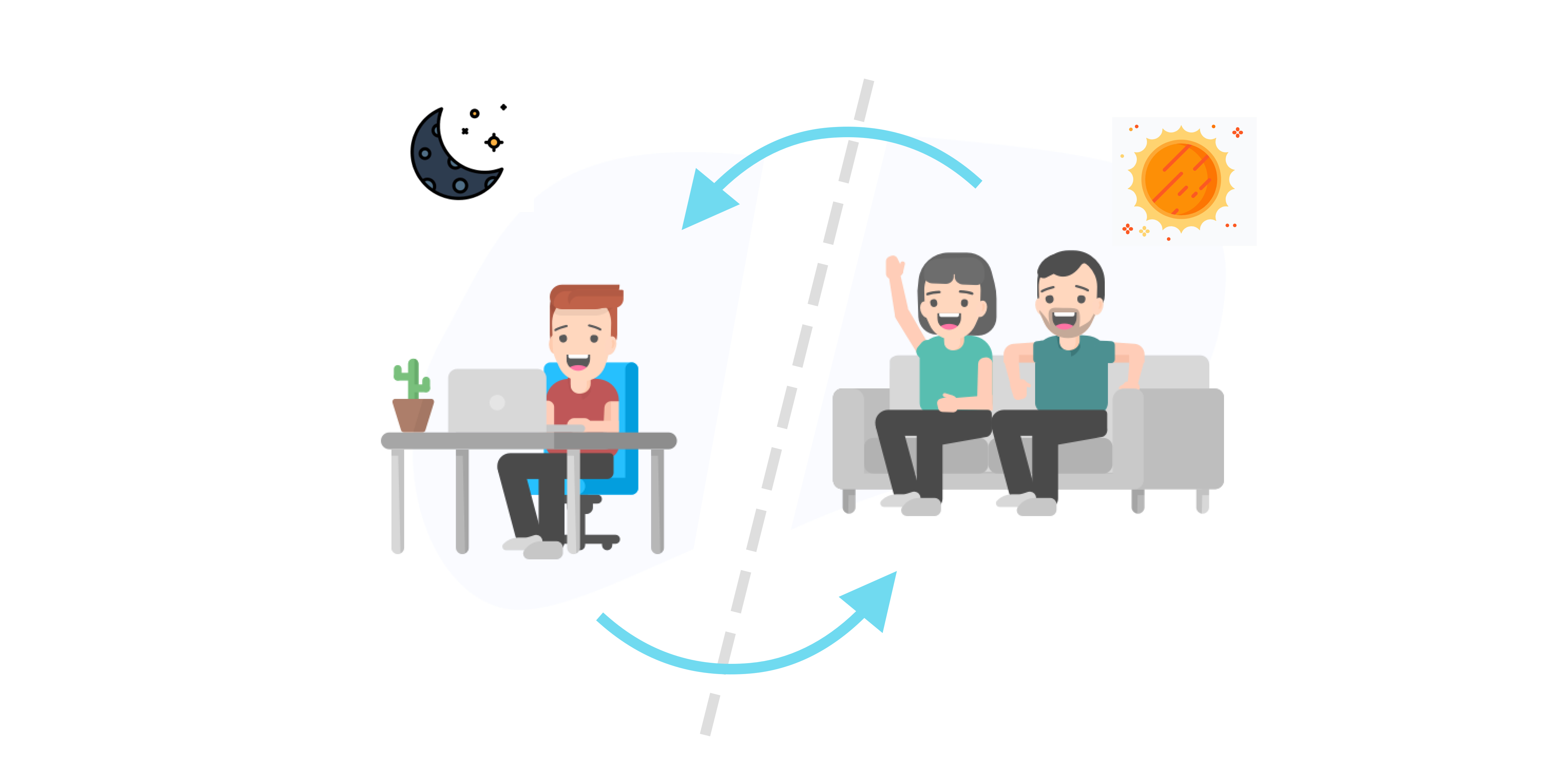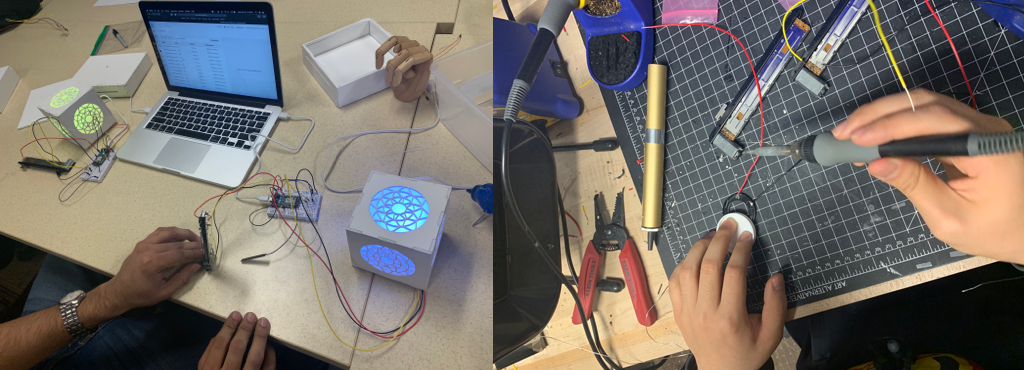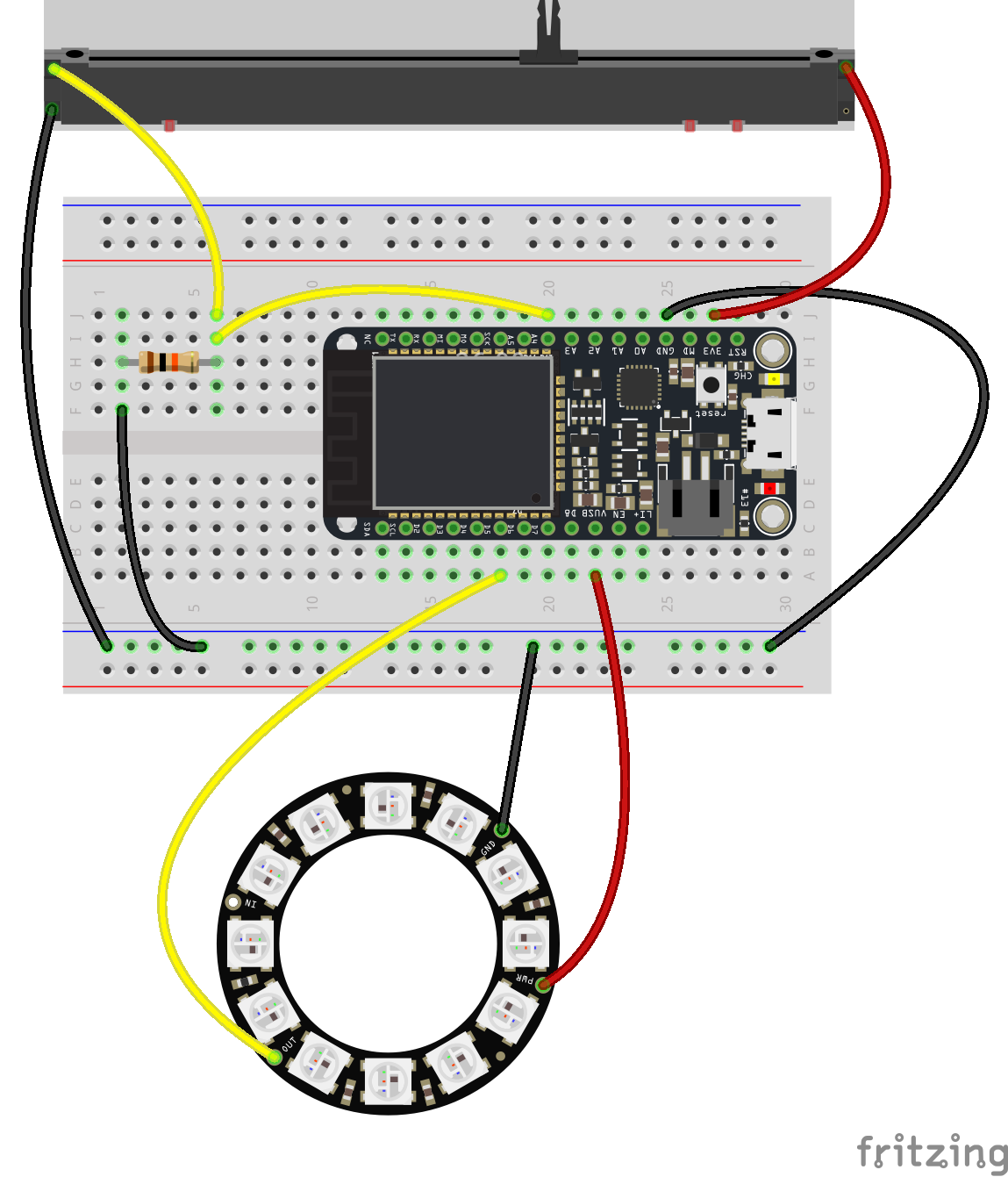Introduction
The Hubs are a pair of interactive devices that connect students/young professionals who live in different geographic locations from their parents. Both parties can use the device to update their status (busy, sleeping, available for a chat, etc.) and communicate in a subtle way.
Picture this: as an international student at Carnegie Mellon University, you traveled all the way from your home country to the states and are living a fast-paced life now. Because of the time difference, you and your parents seemed to gradually build a communication gap. They wanted to know more about your life, but were afraid that you were too busy to respond; you wanted them to know more about your life, but sending "Hey mom I'm home" or "Hey dad I'm going to sleep" messages on smartphone feels like a robot reporting schedule.




